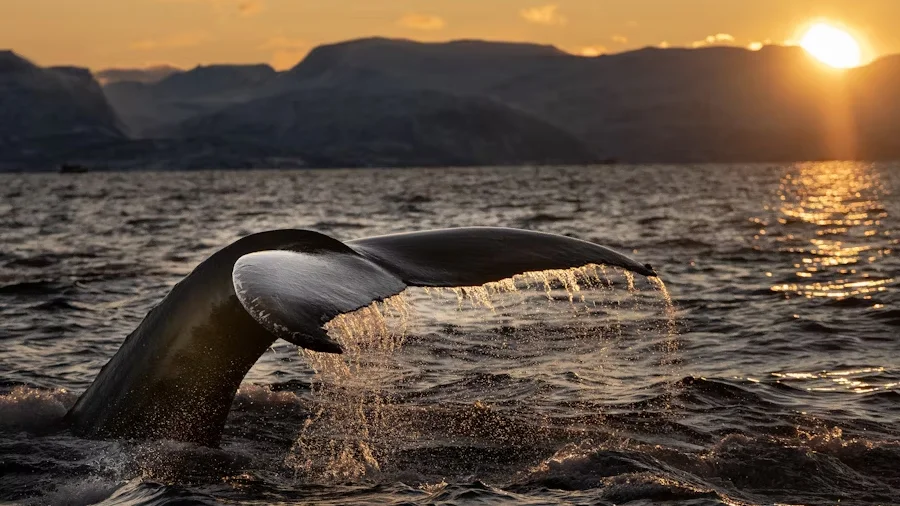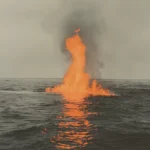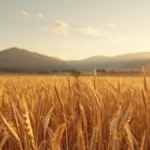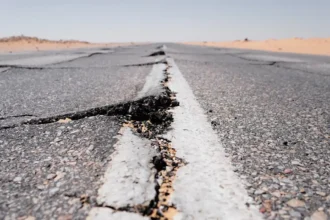Whale Pee: The Ocean’s Surprising Fertilizer
Did you know that whales pee almost 1,000 liters every day? This massive amount of urine isn’t just waste—it’s actually a vital ocean fertilizer. According to InterestingEngineering, baleen whales like humpbacks and gray whales are doing something amazing as they swim through our oceans. Their bathroom habits are helping keep entire marine ecosystems healthy!
The Big Numbers
When you think about whale pee, you probably don’t imagine its huge impact. These giant marine mammals move incredible amounts of nutrients around the world’s vast oceans. The numbers tell an amazing story:
- Each whale produces about 950 liters of urine every single day (that’s enough to fill five bathtubs!)
- Migrating whales move over 46,000 tons of whale biomass across oceans each year
- They transport nearly 4,000 tons of nitrogen to different ocean regions
- This process potentially removes about 18,180 tons of carbon from our atmosphere yearly
- Humpback whales make the longest mammal migration in the world—up to 9,977.9 KM (that’s like traveling from Mumbai to London!)
According to research led by Joe Roman at the University of Vermont, these impressive numbers represent how whales move vital nutrients during their long seasonal journeys. University of California EcoWatch reports that these migrations connect different ocean ecosystems in ways we’re only beginning to understand.
The Whale Pump: Nature’s Vertical Fertilizer System
The first way whales help oceans is through what scientists call the “whale pump.” This natural process moves nutrients in an up-and-down pattern. Think of it like an elevator carrying food from the bottom floor to the top:
- Whales dive deep underwater to feed on tiny creatures
- Then they swim back up to the surface where they release nutrient-rich waste
- This waste includes pee and poop full of important nutrients
- The nutrients feed tiny plants called phytoplankton (think of these as tiny ocean vegetables)
- These tiny plants use sunlight near the surface to grow
NOAA Fisheries explains that this vertical movement of nutrients is especially important because it brings deep-water nutrients to the sunlit surface waters where plants can use them. This is like bringing fertilizer exactly where garden plants need it most.
The Great Whale Conveyor Belt
The second way whales help is through what scientists named the “great whale conveyor belt.” This amazing process moves nutrients horizontally across thousands of miles of ocean:
- Whales eat tons of food in cold, nutrient-rich waters near the poles (like Alaska and Antarctica)
- Then they migrate to warmer waters near the equator to have babies
- During this journey and while in warm waters, they release nutrients through urine, dead skin, and other materials
- This brings valuable fertilizer to parts of the ocean that normally don’t have many nutrients
- Places like coral reefs benefit from this natural fertilizer delivery
National Marine Sanctuary Foundation PMC report that this horizontal movement of nutrients is like a natural delivery service bringing essential fertilizer to ocean regions that would otherwise be nutrient-poor. Whale and Dolphin Conservation compares this to taking food from a rich neighborhood and sharing it with areas that don’t have enough.
Ocean Regions Getting a Nutrient Boost
Not all ocean areas benefit equally from whale activities. Some regions show especially strong effects from this natural fertilization:
- The Gulf of Maine shows clear signs of increased plant growth thanks to whale nutrients
- The Southern Ocean around Antarctica sees significant impacts
- Waters near Svalbard in the Arctic benefit greatly
- The Hawaiian Islands show more tiny plant growth connected to whale activity
- California coastal bays receive nutrients when gray whales visit
According to Down To Earth and Nautilus Magazine, the nutrient redistribution by whales helps support the photosynthetic activity of tiny plants that form the foundation of ocean food webs. University of California, Rhode Island, and PBS report that these effects can be measured in increased plant growth in these regions.
Why This Matters to All of Us
You might wonder why whale pee should matter to you. The answer is simple: these nutrients support phytoplankton (tiny ocean plants), which produce about half the oxygen you breathe. Campbell River Whale Watching and Earth.com explain that healthy whale populations mean healthier oceans, which directly affects our climate and air quality.
Next time you hear about whale conservation, remember it’s not just about saving beautiful animals—it’s about protecting nature’s most efficient fertilizer system. The pee from these giant swimmers helps keep our oceans—and ultimately our planet—healthy for everyone!











